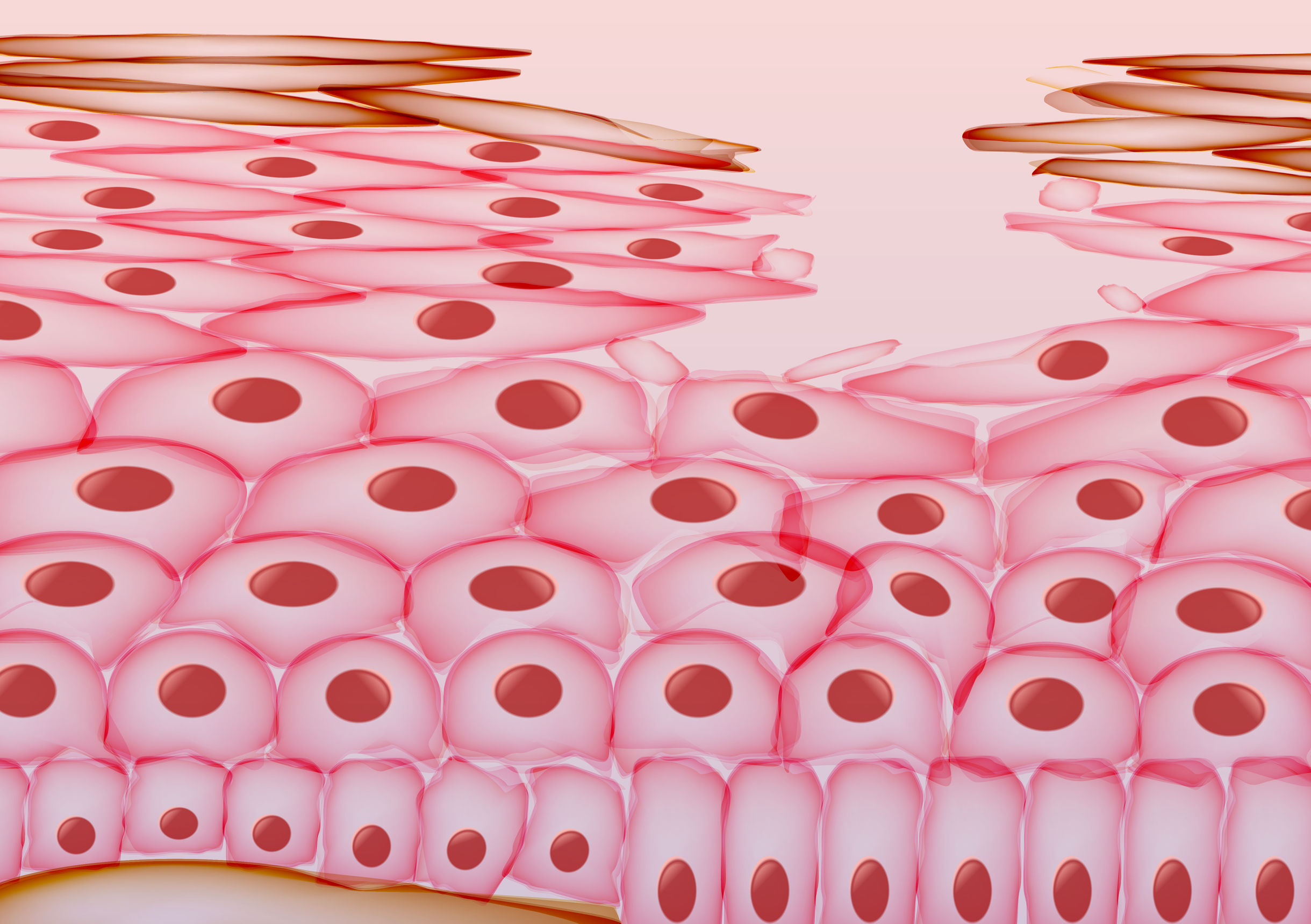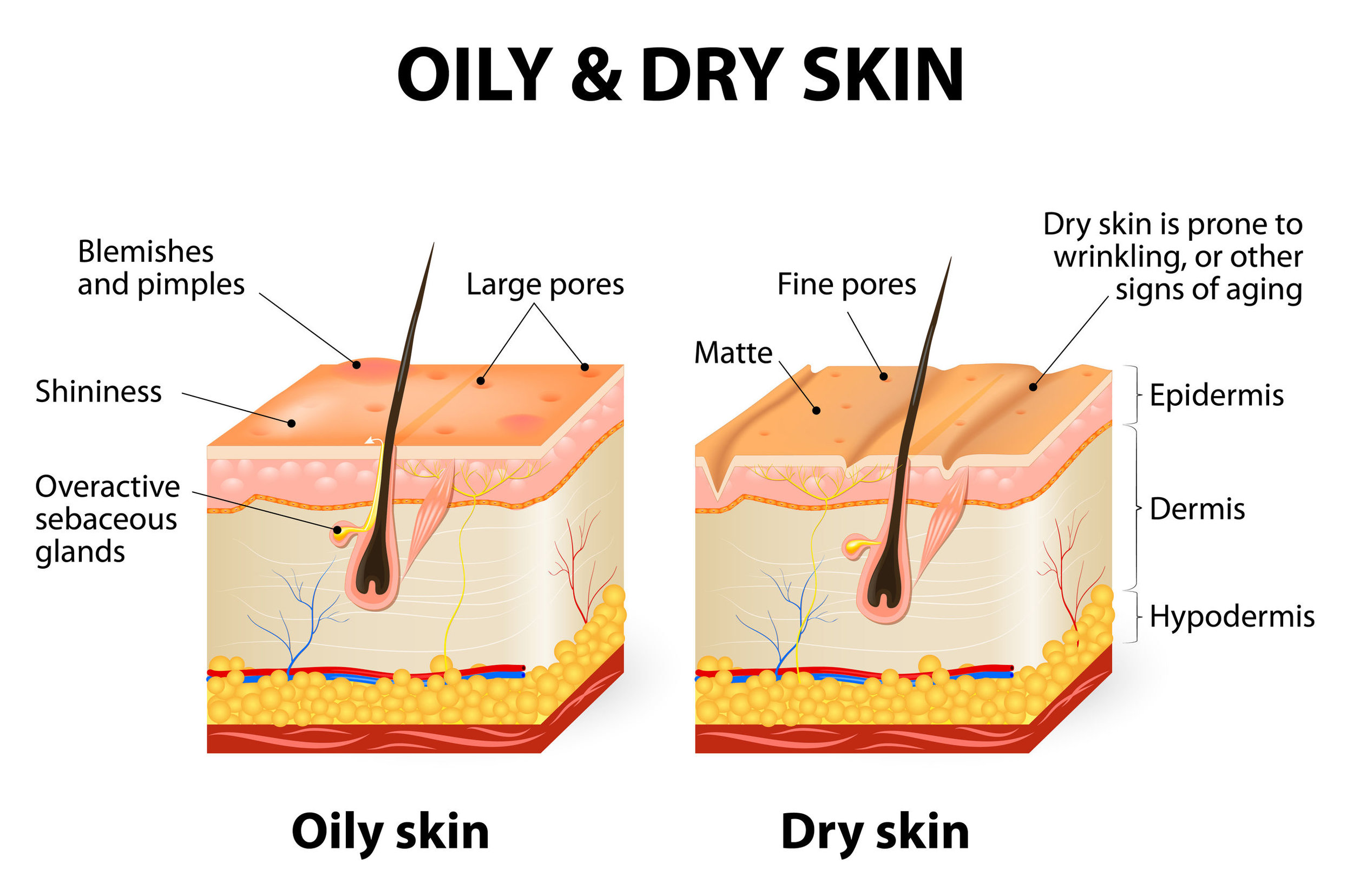The list of skincare products is endless. Personally, there are 7-8 products I use on a daily basis.
If you have the bare bones of essentials (cleanser, toner, moisturizer), the application process is simple. If you've already taken a real investment in your skin, your product list is going to be longer than someone just starting out.
In either case, any time a new product is added to the routine, the most common question is, "when do I apply this product?"
Many women are confused as to what order to apply their skincare products, and rightfully so.
I'm here to sort out the confusion for you. Today we will go over what products to use in what order, at what time of day, and why the order is important. If you don't have something on the list, no problem, just skip the step.
Does the order i apply products matter?
Yes. How effective a product works, depends on when it was applied.
As a general rule, products should be layered from thinnest to thickest consistency. Moisturizer, being the heaviest of all, will always be applied last.
The less barriers a product has to penetrate, the better the absorption rate, and the more effective the product.
Let's now go over the steps for proper product application.
Tip: All the following steps should apply not only to the face, but the neck and chest as well.
Step 1: Cleanse
Using only water to cleanse the skin isn't going to get you far. You need something that is going to breakdown sweat, sebum, pollutants and toxins from the air.
An oil based cleanser is recommended for step 1.
Why oil, you ask? Think of what happens to the road when it first starts to rain. Water pools on the road from residual oil that has built up. Water does not mix with oil, but oil does.
Oil attracts oil. By starting with an oil-based cleanser, you are able to lift and remove sebum, oils, and sweat sitting on the surface of the skin.

This is by far our favorite oil-based cleanser we have used. Your skin is left feeling clean, hydrated, and nourished. Jojoba oil plays the role of sebum and moisturizes our skin when our body stops doing it naturally. Shop here.
In addition, oil cleansers do not strip the skin of the acid mantle (a naturally secreted protective barrier made up of different oils, acids, and fatty acids.)
Tip: Cleanse the skin with warm water for at least 60 seconds to ensure all oils have been removed.
Do this step both morning and evening.
Step 2: Exfoliate (Cleanse #2)
If you have a clarisonic, a cleanser with jojoba beads, or a charcoal sponge, this is where you will use it.
Tip: It is not recommended to use a manual exfoliator everyday (especially if you're receiving treatments or using a chemical exfoliant, like retinol.)
After the initial cleanse, you will cleanse again with your preferred method. (Many skincare professionals use a water-based cleanser for the second cleanse, but I like to use madhippie for round 2 as well.)
We really love using these charcoal sponges or a clarisonic. They gently exfoliate and cleanse the skin better than hand washing alone.

The double cleanse is necessary for both morning and evening facial cleansing, but manual exfoliation is not.
You should only manually exfoliate once daily if you are using the charcoal sponge, or if your clarisonic has a gentle bristle head.
Step 3: Toner
Toners have come a long way since their first appearance on the market.
Traditionally, they were harsh and stripped the skin of its natural oils. That is not the case today, and toners play an important role in skin health.
The purpose of a toner is to rebalance the skins natural pH. The natural pH of the skin is 4.5-5.5. All cleansers must be more alkaline in order to remove dirt, oil and pollution.
(Products containing chemical ingredients, or bar soap, are not recommended because their alkalinity is too high. Only a slight difference is needed.)
Leaving the skin unbalanced can cause a cascade of negative events to happen to your skin.
Skin cells are attached together by proteins called desmosomes, visually, much like shingles on a roof.

When the skins pH becomes unbalanced, it causes the cells to pull apart from one another. This leaves the skin susceptible to dehydration, irritation, roughness, and dryness. It is weakened and less able to defend against environmental damage and invasion from bacteria.
Do this step both morning and evening.
Step 4: Serum
Vitamin C, facial oils, retinol, and any other serum you may be using will be applied after you tone the skin.
In the morning you want to use your antioxidant oils to protect against sun exposure. In the evening you want to use your exfoliating/cellular turnover serums to help your skin repair and regenerate.
If you are using a serum that is more thin, like hyaluronic acid, you will apply this prior to heavier serums, like vitamin c.
Madhippie carries a vitamin c serum and facial oil that I recommend to mix and use in the morning as a potent free radical fighting duo. Shop the duo here.
Allow serums to fully penetrate before applying another layer of product.
Tip: Facial oils can also be applied in combination with a moisturizer, or after your moisturizer, depending how heavy the moisturizer is.
step 5: spf
Proper usage of sunscreen is the key to preventing fine lines, wrinkles, pigmentation, uneven skin tone, and skin cancer.

Applying sunscreen prior to moisturizer ensures optimum penetration.
Be sure to get your sunscreen under your eyes, on the brow bone, up into the hairline, and on the ears as well.
One of the most common mistakes with sunscreen application is under usage. Apply liberal amounts and reapply every 80 minutes if sun exposure is prolonged.
(Click here to read more on SPF.)
sTEP 6: eYE cREAM
The skin around the eye is the thinnest and most delicate of all. If you are not currently using an eye cream, you need to be.
The skin under the eyes is as thick as one sheet of paper, whereas the rest of the face is as thick as three sheets of paper.
Using your ring finger, gently pat a pea size of eye cream under the eyes and on the upper lid. Be sure not to over-use product. Eye creams are emollient and don't absorb well if overused.
Eye creams should be used twice daily to protect and maintain collagen and elasticity.
(Click here to get tips on how to apply eye cream.)
Step 7: Moisturize
Even those with oily skin need to moisturize. A common misconception is that if you moisturize oily skin, it will become more oily.
Quite the contrary. Oily skin is often a symptom of under hydration or over exfoliation.
The body is constantly seeking homeostasis (equilibrium) and will not expend energy on fruitless tasks.
If you properly hydrate and nourish the body, it will begin to balance itself and produce only what is needed.
The purpose of sebum is to prevent the skin from drying and cracking. It behaves as a shield to the skin, protecting and preventing infection and invasion. Producing oil naturally is essential.
What about people with dry skin? I'm sure I don't have to reiterate the importance of moisturizer to you.

Dry skin is caused by a plethora of reasons. Let's start with all the chlorine in our shower water that dries out the skin.
There's also chemicals and pollutants in the air, lack of adequate water consumption, dry weather, washing your face too often, using soaps and cleansers that strip the skin, and the list goes on.
The goal with routine home care and professional treatments is to achieve and maintain balance with the skin. Even if you are naturally oily, or more dry, it is possible to reach a state of harmony with the proper care.
Moisturizer should be applied twice daily.
Tip: Coconut oil applied to damp skin (then towel dried off) is a fantastic alternative for an all natural body moisturizer.
Summary
Apply products in order from thinnest to thickest consistency.
Always apply products to the face, neck, chest, and ears.
Apply products in this order:
Evening
- Cleanse
- 2nd cleanse
- Toner
- Serum: Retinol, exfoliating serum, etc.
- Eye Cream
- Moisturizer
Morning
- Cleanse
- Exfoliate (2nd cleanse.)
- Toner
- Serum: vitamin c, facial oil, etc.
- Sunscreen
- Eye Cream
- Moisturizer
Never sleep with your makeup on!
If you have any questions or comments, please post below!